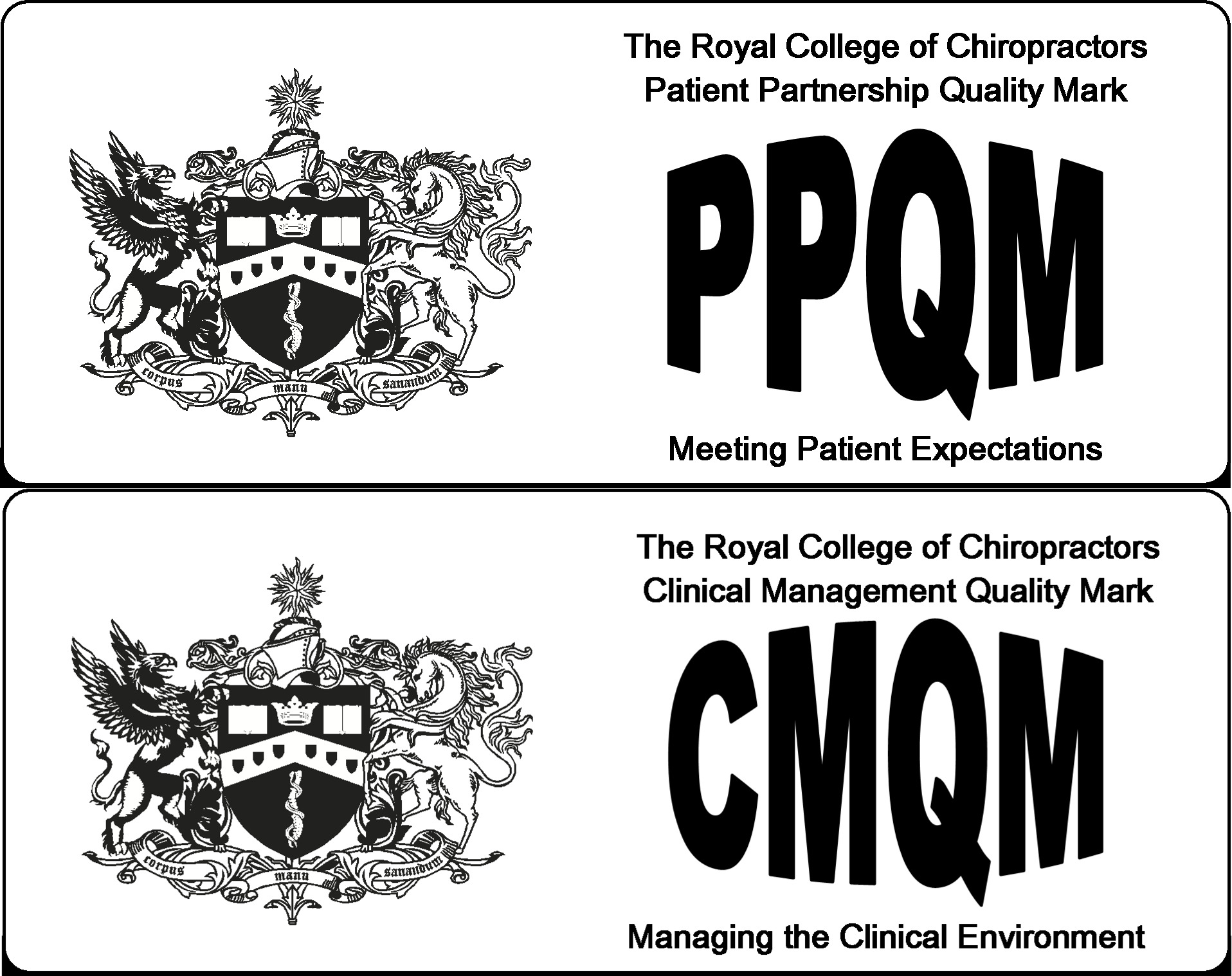A Few Questions To Ask Your Chiropractor About Their Chiropractic Techniques
There are several types of chiropractic techniques used today, and this list is just growing as time progresses. That’s why it’s important to ask your chiropractor questions about the chiropractic techniques they use, so you can learn why they use them and perhaps gain a better understanding of your own body.
Some chiropractors prefer to use hand-on methods only when it comes to joint manipulation. Others may use instruments as well. Some chiropractors will treat you through firm and quick manipulation, while others may have chiropractic techniques that will make you feel like you’re getting a deep tissue massage in Amersham, as a part of the treatment regime.
Each chiropractor is different and has their own arsenal of chiropractic techniques which they use on their patients. So, we’ve put together this article to help you understand how you can communicate with your chiropractor better and understand more about the chiropractic techniques they use.
Read on to learn more.
Common Hands-On Chiropractic Techniques
Before we get into the questions you can ask your chiropractor, here are two of the most common hands-on chiropractic techniques utilised by chiropractors all over the globe:
- Spinal Manipulation (Adjustment):
Spinal manipulation is a treatment that is often associated with chiropractors. In this hand-on technique, your chiropractor will go in using their hands to give you low-amplitude and high-velocity adjustments to your spinal joints. The force with which this is done allows the joint to be released from its motion restriction in order to reduce pain and improve mobility. This is done within your joint’s anatomical limits, of course. This technique is often called the “high velocity, low amplitude” thrust, or HVLA. It usually makes a distinct cracking/popping sound, known as “cavitation”.
Some people find this technique therapeutic while some people may be a little apprehensive due to the cavitation. Nonetheless, the chiropractors at Amersham Chiropractic Centre will know how to keep you comfortable and will only use chiropractic techniques appropriate for you that you are comfortable with. It is good to note that this particular technique is not uncomfortable. - Spinal Mobilisation:
In this chiropractic technique, your chiropractor will use steady and slow movements to move your spinal joints within their motion range. They may use their hand or utilise the help of a device or instrument to stimulate the joint. This chiropractic technique has the same goal in mind as the previous one, but it is considered slower and gentler as it does not entail cavitation. Though this method has a gentler approach, it can sometimes lead to a slower recovery than in the case of spinal manipulation. A good chiropractor will know when to use which technique, according to your body’s specific needs.
Which Chiropractic Technique is Better?
Chiropractors use these techniques to help heal your body but other trained professionals are adept at handling these techniques too.
It is impossible to state which of the two above techniques are “better”, as it is subjective to the chiropractor. Some people may prefer one over the other, depending on their comfort levels. Either way, these techniques are used specific to one’s needs. People have stated benefits from both the above chiropractic techniques, so they are both the best in their own right. In fact, chiropractors may recommend a combination of both these techniques, if needed.
Questions To Ask About Chiropractic Techniques
Now that you know more about two of the most common chiropractic techniques, we can move on to the questions section of the article. In order to understand your treatment better, it’s best to be open and honest with your chiropractor and ask any questions you may have. Here are a few questions you can ask your chiropractor about their chiropractic techniques:
- What chiropractic techniques do you prefer to use and why? This question will help highlight your chiropractor’s knowledge of what technique to use when, according to the patient’s specific needs.
- Do you use the help of instruments, or just your hands while performing spinal manipulations? This question will allow you to understand whether your chiropractor prefers a more hands-on approach, so you know what to expect.
- Are your adjustments more low-force, or do you use deeper and more high velocity adjustments? This will help you be prepared for the chiropractic technique used.
- Have you experienced treating another problem similar to mine? This will help ease any concerns you may have before going in for treatment. Knowing that a chiropractor has dealt with a similar diagnosis can help you improve your confidence.
- With regards to the chiropractic technique being employed, how experienced are you? This is another concern-easing question you may ask if you are apprehensive or nervous about treatment.
When it comes to questions about experience, a good chiropractor will answer you honestly and put your mind at ease. Well-trained chiropractors are able to answer your questions and maybe even spark your interest in the different chiropractic techniques they employ. Asking these questions will help you gain more context on your diagnosis and treatment, and you can use it as a base for further research if you are interested.
Red Flags To Look Out For
Just as with every other field, there are always some red flags to look out for. So, keep an eye out for anything that might seem questionable. Here are a few examples of red flags to avoid when choosing a chiropractor:
- A chiropractor claiming to be the “only one” that uses a “new technique”, not being used by other chiropractors. You should never believe false claims like these and risk playing guinea pig to an untrained professional. A proper chiropractor will never use unordinary chiropractic techniques that are unheard of in the field.
- In this country it is illegal to call yourself a chiropractor unless you have the correct qualifications. The course which chiropractors undergo is a full time, five year basic with a postgraduate year as a minimum.
- Do not trust a chiropractor that claims they can “cure” medical conditions like heartburn, infections, asthma, and chronic systemic conditions. Chiropractors will never claim to be able to “cure” medical conditions although they may improve them somewhat. They will be able to ease your symptoms and treat the root cause of the issue when it comes to your musculoskeletal system and nervous system.
- Watch out for “chiropractors” that use the same chiropractic treatment for every patient they treat. Everyone is different, just as their issues are not the same. A good chiropractor will assess your specific needs and assign treatments accordingly.
- This one goes unsaid but: don’t trust a chiropractor that isn’t showing you good results. If your chiropractor constantly recommends ongoing treatment without any endpoint, progress assessment, or even goals, you’re dealing with someone who is not as professional as they should be. Chiropractors at Amersham Chiropractic Centre will always help you understand your treatment program and why it’s appropriate for you. They will keep a check on your progress and help you reach your body’s healing goals.
If you’ve ever had the unfortunate luck to experience any of the above, maybe it’s time to see another chiropractor for a second opinion.
Looking For A Chiropractor?
That’s where Amersham Chiropractic Centre comes in. We have trained professionals who would be happy to help you on your journey towards recovery and healing. Book an appointment with us for a proper assessment and treatment plan to suit your specific needs. Massage at Amersham may form part of the treatment program.






